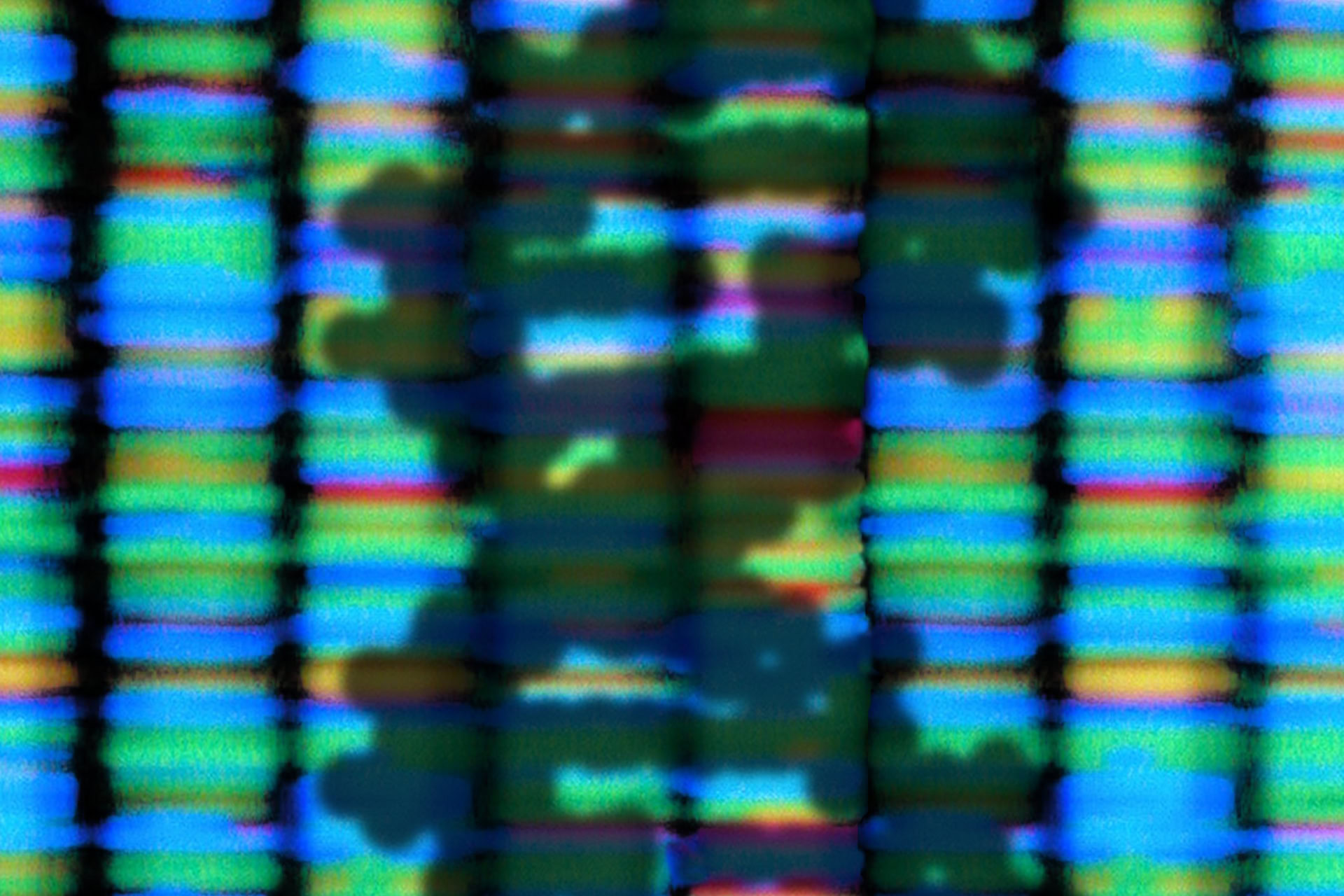Rosalind Franklin's contribution to the discovery of the structure of DNA was comparable to that of James Watson and Francis Crick, according to an unpublished news article and overlooked letter.
The documents, which were written in 1953, were uncovered by Professor Matthew Cobb from the University of Manchester and Professor Nathaniel Comfort from Johns Hopkins University, Baltimore, Maryland. It was widely believed that Watson and Crick were the two main scientists behind the discovery of the DNA double helix 70 years ago, and that the discovery came after an X-ray image of DNA, taken by a student working under the supervision of Franklin, was shown to Watson without her permission. It was further believed that Franklin was unable to interpret the significance of the image herself. However, the newly discovered documents suggest that this may not have been the case.
'Franklin did not fail to grasp the structure of DNA. She was an equal contributor to solving it', say Professors Cobb and Comfort authors in a comment article in Nature. 'Getting Franklin's story right is crucial, because she has become a role model for women going into science. She was up against not just the routine sexism of the day, but also more subtle forms embedded in science.'
The authors explained how the unpublished news article, discovered within Franklin's archive in Churchill College in Cambridge, portrayed the discovery as being made by two teams - one gathering experimental evidence, and the other working on theory. The writer, Joan Bruce - a London-based journalist working for the US publication Time - represented Franklin as an equal contributor to the solution of the structure. However, Bruce's article was never published, and the story was later told with Watson and Crick as the main discoverers.
Maurice Wilkins and Franklin were among the researchers at King's College London who were using X-ray diffraction to study the structure of DNA. At the same time, Watson and Crick, working at the University of Cambridge, were using chemical calculations and 'trial and error' to build a 3D model of the structure of DNA.
Informal conversations took place between scientists worldwide to share findings, with Wilkins regularly updating Watson and Crick with data from King's. Professors Cobb and Comfort further discovered a letter within Crick's archive at the University of California, San Diego, to corroborate the knowledge sharing between the two universities. The letter - written to Crick by a researcher at King's - is an invitation to a talk by Franklin, yet assumes that information from the talk would have already been shared.
Wilkins shared the seminal X-ray image of DNA, taken in Franklin's laboratory and known as 'Photograph 51', with Watson. Shortly afterward, Crick's supervisor shared a report he was given from King's that included a page from Franklin, describing her work. Franklin's data, together with the photograph and also Watson and Crick's many conversations with Wilkins, helped provide crucial pieces of information that resulted in the discovery of the structure of DNA.
Furthermore, a programme from a Royal Society event where the discovery of the double helix was presented for the first time credited both the King's and Cambridge groups, with Franklin presented as lead author.
'Franklin was not only a key player in the discovery of the double helix of DNA, but pioneered research into the structure of viruses' Professor James Naismith, the director of the Rosalind Franklin Institute, who was not involved in the article, said. 'Her family often express the wish that her immense contribution to science is celebrated and that she is not portrayed solely as a woman cheated by men.... The tragedy of Rosalind Franklin is that [while] she died at 37 from [ovarian] cancer, her career was seen at the time as stellar.'
Sources and References
-
What Rosalind Franklin truly contributed to the discovery of DNA's structure
-
How Rosalind Franklin was let down by DNA's dysfunctional team
-
Rosalind Franklin’s role revealed on the 70th anniversary of the DNA double helix breakthrough
-
Academics find twist in tale of Rosalind Franklin, DNA and the double helix
-
Was DNA pioneer Rosalind Franklin really a victim of scientific theft?
-
What was Rosalind Franklin's true role in the discovery of DNA's double helix?
-
Rosalind Franklin knew DNA was a helix before Watson and Crick, unpublished material reveals




Leave a Reply
You must be logged in to post a comment.